Getting the Facts Straight on Global Aid to Haiti: Data from the UN Special Envoy to Haiti
The flood of reporting on Haiti this week, the second anniversary of the historic earthquake in Haiti, is citing wide variations in figures for the amount of aid pledged to Haiti. I must admit, getting the facts straight on global aid to Haiti after the earthquake is enormously challenging due to all the different buckets of aid pledged and vehicles for coordinating it.
Immediately after the earthquake the United Nations issued a “Flash Appeal” for “relief” (also called “humanitarian”) funding, followed by other appeals to donor nations for relief funding to save lives. Funding from a “donor nation,” e.g. a foreign government rather than individuals, is referred to as “public sector” funding. Funding from one government to another is called “bilateral funding,” and from an entity representing input from multiple countries (like the United Nations, Inter-American Development Bank and World Bank), called “multilateral funding..”
On March 31, 2010, representatives of nations around the world met at the United Nations and pledged recovery and reconstruction funding to Haiti. These funds were directed towards helping to rebuild Haiti after the initial crisis, when the objective was to save lives. At that time, an Interim Haiti Recovery Commission (IHRC) was established to coordinate the distribution of these funds, comprised of delegates from the largest donor nations (50%) and delegates from the Haitian government (50%.) The Commission included one non-voting member of the Haitian Diaspora. The Commission was chaired by former President Bill Clinton and the Prime Minister of Haiti.
The Interim Haiti Recovery Commission urged donor nations to submit projects to it with funding amounts (e.g. a highway or major housing project), so that the distribution of aid could be transparent to the world, and so that gaps in funding could be recognized. At the same March 2010 meeting the Haiti Reconstruction Fund was created to receive undesignated monies from donor nations — funds that could be used to fill those gaps.
The Interim Haiti Recovery Commission was just that: interim. In October of 2011 the charter for the Commission expired. In the midst of a contentious campaign season for Presidential and Parliamentary seats, the Haitian Parliament refused to extend the charter. The Commission had been widely criticized for only having half of its voting members from the Haitian government, underscoring to many Haitians, their nation’s lack of sovereignty. The long delay in completing the rematch of the Presidential elections in Haiti, and another delay of several months during which time the Parliament turned down two nominees for Prime Minister before approving Gary Connille, meant there was no Haitian to co-chair the IHRC since October of 2010. The IHRC was stalled in its mission, no comfort to nation-states which had made pledges they had not yet disbursed.
In 2010 the allocation and tracking of funds was complicated because the initial crisis produced by the earthquake was compounded by the outbreak and rapid escalation of cholera in October of that year and the sweep of Hurricane Tomas in November through the island, flooding towns and tent encampments and spreading the cholera further. Haiti remained in a relief phase (far longer than typical after a disaster), drawing down more and more funding from private, non-profit relief agencies (international NGOs big and small), including funds that had been intended for reconstruction.
In many ways Haiti remains in a relief phase today with half a million people still in tent camps and over 7,000 dead due to cholera, an epidemic whose rate has surely slowed since the first months, due to aggressive health care and public health care management by NGOs, but which has not been reversed.
Regardless of the reasons why aid was diverted from reconstruction to relief, or not sent at all, the fact remains that there is still 47.1% of the public sector pledges from around the world still on the table and not yet made available for rebuilding Haiti’s infrastructure and public institutions.
One of the key ways that Haitian institutions of governance can be rebuilt is by giving government ministries charge over the use of and management of the funds. Few donor nations have been willing to do that. As cited on January 9, 2012 by the UN Special Envoy for Haiti’s website, “bilateral,” nation-nation donors have only sent 6% of their disbursed (reconstruction) funding via the Haitian government. It appears that when one combines bilateral and multilateral funding, 13% went to support the budget of the government of Haiti. Another 8% was disbursed in loans to the Haitian government, a curious method given that Haiti has virtually no tax base or capacity to repay loans, and in fact received over $1 billion in debt relief after the earthquake as part of the commitments made at the March 2010 Donors Conference.
For the straight facts on global aid to Haiti, see the website for the UN Special Envoy to Haiti. The UN Special Envoy is President Bill Clinton and the Deputy Special Envoy is Dr. Paul Farmer, co-founder of Partners in Health, an international health care provider and advocate for the poor. http://www.haitispecialenvoy.org/press-and-media/press-releases/9-january-2012/
